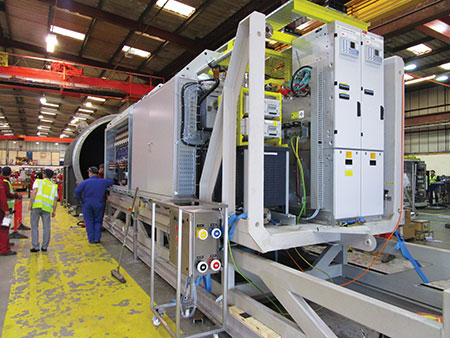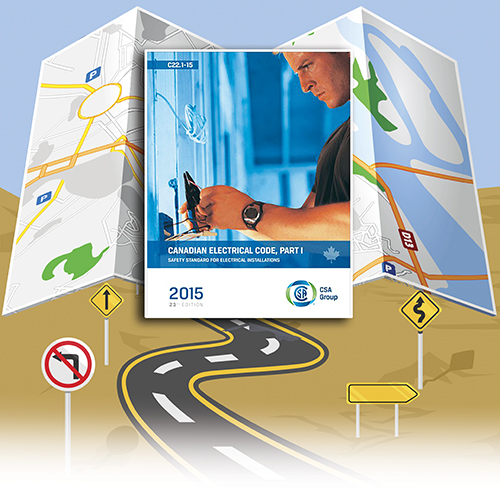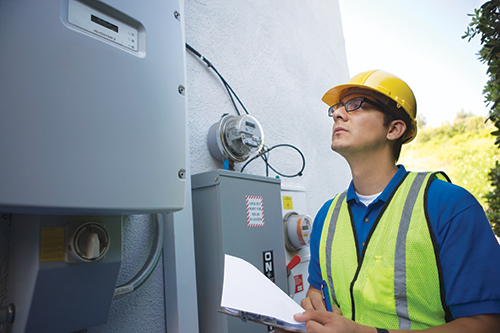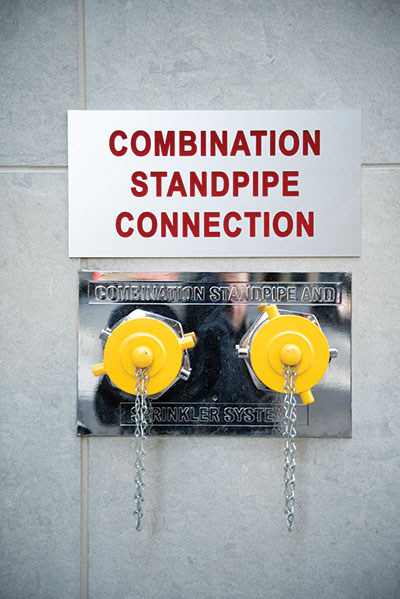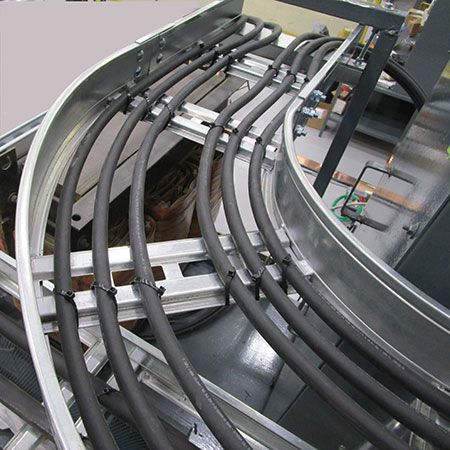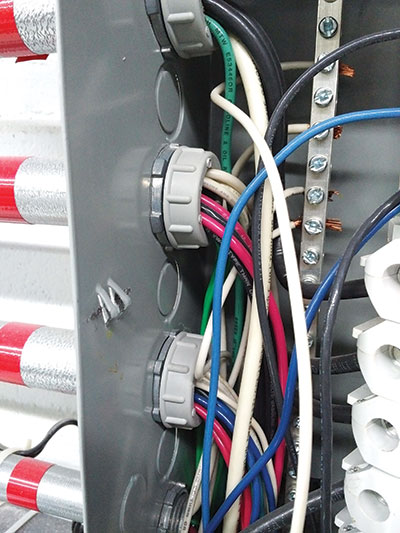Hydrokinetic turbine generation process uses flowing water in the form of ocean tidal energy, river in-stream energy, or ocean current energy to generate electricity.
The Code is a comprehensive document. Sometimes it can seem quite daunting to quickly find the information you need. This series of articles provides a guide to help users find their way through this critical document.
The subject of jurisdictional demarcation between electrical design of installations required to be performed in accordance with the CE Code, Part I and work by power supply authorities (by electric utilities) is a very big (and very touchy) issue.
The subjects of Integrated fire protection and life safety systems should not be new to the electrical designers, contractors and regulators, as the requirement to commission integrated fire protection and life safety systems was originally placed into Article 3.2.4.6. of the National Building Code of Canada (NBCC) in 2010.
In Section 2 of the CE Code, we encounter the first numbered rules in the Code. The rules from 2-000 to 2-032 are categorized as administrative rules.
This article will try to explain the limitations of terminating single conductors directly to distribution equipment and the reason for Subrules (5) and (6) of CE Code Rule 8-104.
In June 2016, CE Code Technical Committee voted on and agreed to the following definition changes in Section 0.
Respective AHJs who administer provisions of the NBCC, C282, Z32 and the CE Code in this regard must be consulted accordingly.
Over the next series of articles, I will provide a guide to help users find their way through the Canadian Electrical Code (CE Code).
Why did the Table 6 change result in fewer conductors in a raceway? The quick answer is that Table 6 in the 2012 CE Code was not accurate for all types of raceways.





